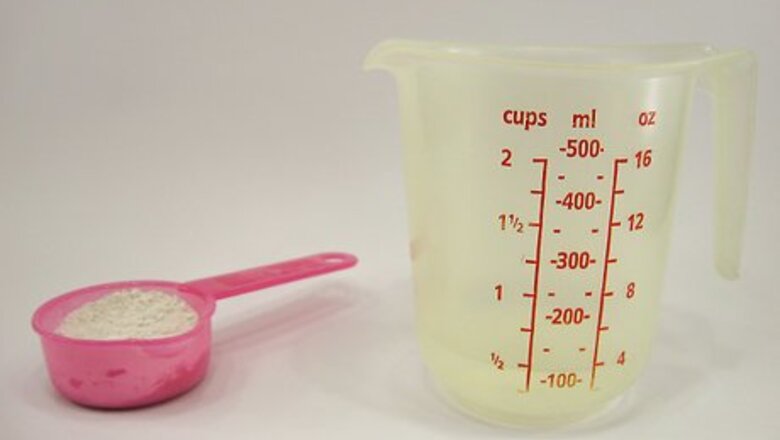
views
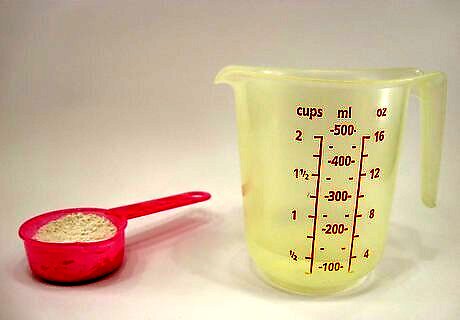
Estimate the amount of mixed plaster and silica your project requires. Remember it is 1/3 plaster, 1/3 silica flour and 1/3 water. Experience is the best guide here, so as a beginner you will just have to make your best guess, then mix extra to be sure you have enough. Use commonsense.
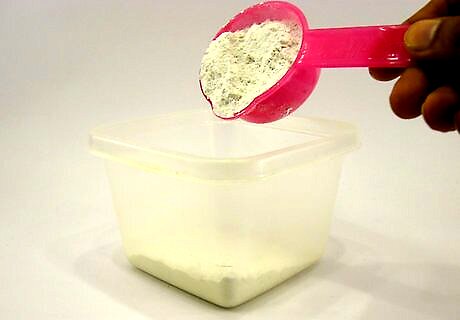
Premix plaster and silica flour.
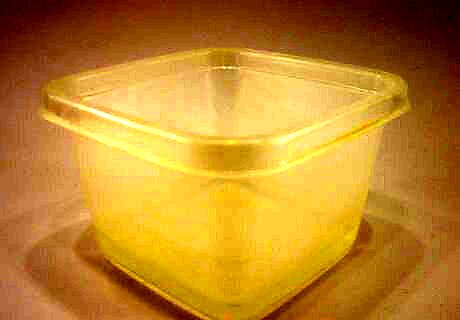
Pour clean, lukewarm water into an empty, flexible mixing container. A a standard two-gallon (7.5 liter) plastic bucket is a good container. The amount of water should be approximately one third the total amount of mixed plaster/silica you estimated in Step 1.
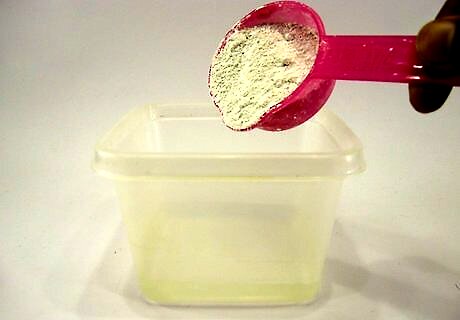
Add dry plaster and silica to the water. Gradually pick up handfuls and sift the powder through your fingers. This will break up any clumps, letting the powder fall into the water. Work quickly, but avoid dumping the plaster into the water. Don't stir or mix the combined water and plaster/silica.
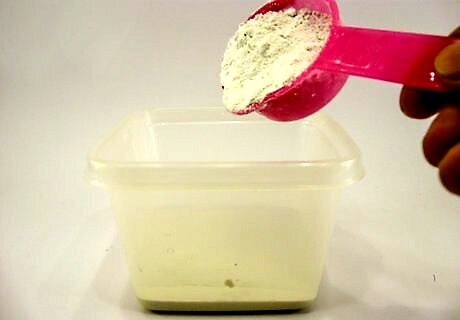
Continue sifting plaster/silica into the water. Watch for it to start sinking slowly. Eventually some of the powder will stay on top of the water. As you add more plaster, distribute it to areas that still have water on top.
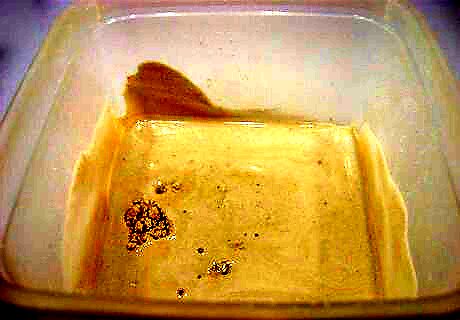
Stop adding plaster/silica when there is no more standing water in the bucket. The surface of the combined water and plaster/silica should be mostly grayish in color, with some areas of white dry powder. Don't mix it yet!
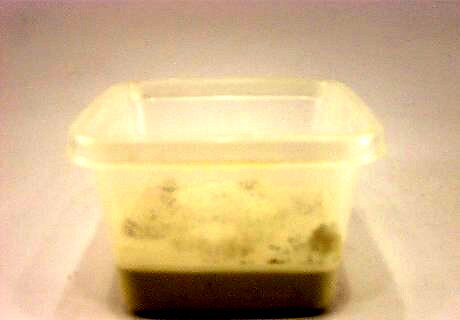
Let the bucket sit for a few minutes. Let it stand during the time that you make any final preparations for your project. If you are molding or casting with the plaster, this is a good time to double-check that you have applied the proper release agent to your pattern or mold.
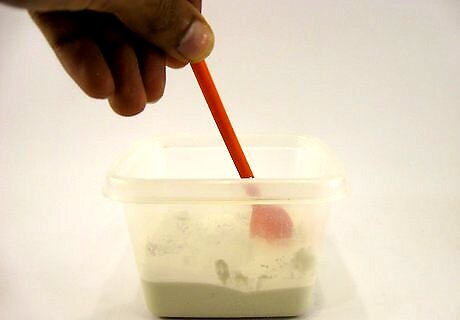
NEVER mix the plaster with your hands. Plaster reaches a high temperature as it reacts chemically with the water and can cause serious burns!. Use a wooden spoon or similar instrument as one would use an egg beater: Reach down to the bottom of the container and use a side-to-side movement like an exaggerated "hello" wave.
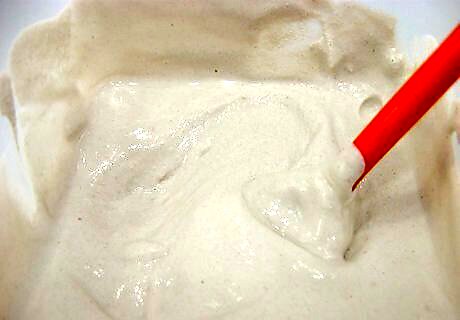
Try to eliminate any lumps and break them up. When thoroughly mixed, the plaster is ready to use in your project.












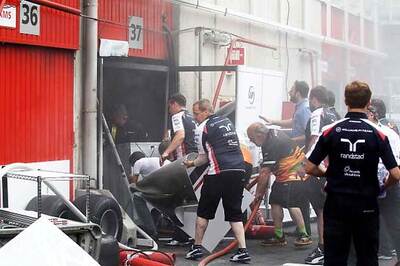







Comments
0 comment